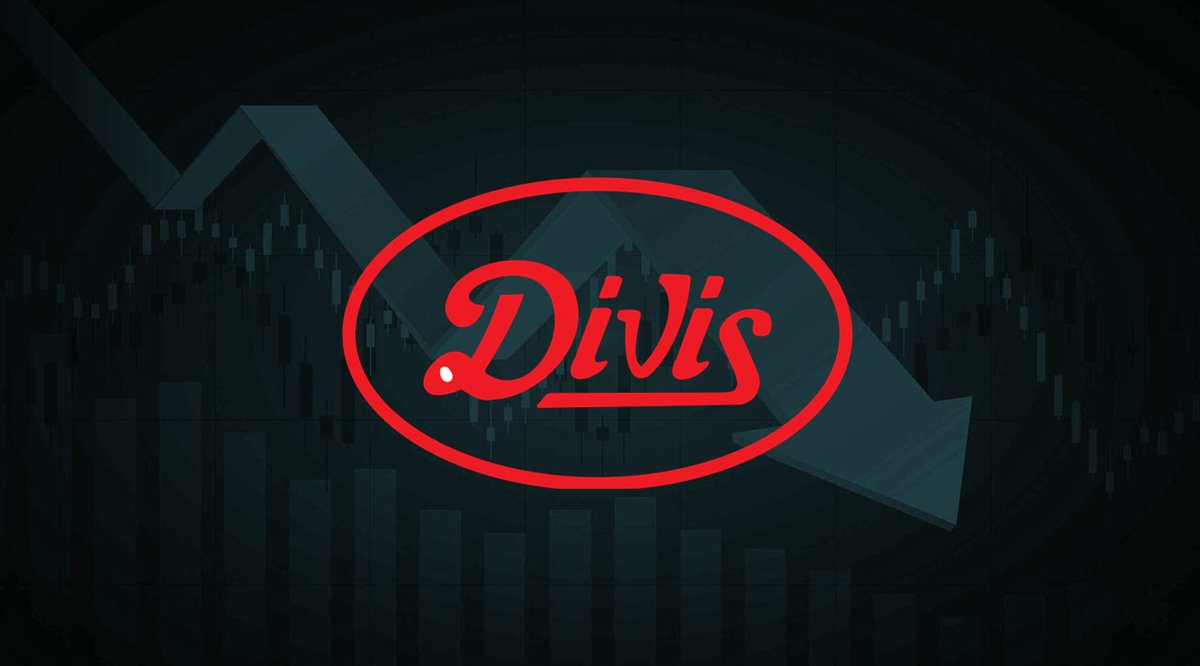
Laurus Labs was all set to deliver a bumper year. But currently the stock is down 57% from its all-time high. Let us take a look at some of the reasons for this decline.
#laurus #lauruslabs #pharma
Like and retweet for maximum reach!!
#laurus #lauruslabs #pharma
Like and retweet for maximum reach!!

The first reason is the reduction in their ARV business. While Laurus is trying to move away from their ARV business as it is a low margin business for the company, they are still very dependent on this segment.
The ARV segment (including API and FDF) contributed to 50% of their revenues in FY22 and about 35% in 9M FY23. 

This report by Kotak shows that there has been a major decline in ARV prices for the most recent South African tender. The prices for the Global Fund and PEPFAR move in similar directions as the South African tender.
So even though they were selected as Panel Supplier, it only gives them assured volumes and better pricing. 

The second reason is the decline in margins. API has always been a lower margin business for the company and FDF has been the higher margin segment. The company’s strategy was to achieve scale in APIs and forward integrate into manufacturing of FDFs.
However, in this quarter, the company saw a decline in their FDF business and saw a growth in their API business. This effect was more severe in the ARV segment where the company only sold ₹55 Cr worth of ARV formulations in Q2 FY23. 

Even in the Non-ARV segment, they saw a decline in FDF revenues and growth in API revenues. So the company’s strategy of increasing FDF sales and decreasing API sales has reversed this quarter which caused a decline in margins. 

This also caused an operating deleverage for them as they had done a massive capex into their FDF segment and increased capacity from 5 billion units to 10 billion units. Management had said that this capacity will be fully utilized by the end of Q3 FY23 which did not happen.
The company also saw a 46% YoY decline in their Onco API business in 9MFY23. Management said that it was because of lower offtake of one key product. Onco API is also a high margin business for the company and a decline in that business reduced margins further. 

The other major reason for the fall is their CDMO business. This segment has seen phenomenal growth during the year. But a majority of the revenues from this segment came from the manufacturing of Paxlovid,
which is a covid drug. Since the demand for this drug has reduced greatly, the CDMO vertical, which is their highest margin business, may see a decline in revenues next year. 

Their Bio business also did not deliver as expected. The management had said that they are expecting a quarterly run rate of ₹30 Cr from the Bio business and they weren’t able to achieve that due to some productivity issues that they faced during the quarter. 

Another issue that the company is facing is increased interest costs. They had undertaken a massive debt-funded capex which was going to be paid down as the capex ramps up.
But this quarter, the management has said that they have no plans of repaying debt even in FY24 and they will start repayment in FY25. Currently, the Net Debt to EBITDA is at 1.3 times, which is not a big concern, but it will increase costs in a rising interest rate environment. 

And the last and most important reason for the fall in share price is the guidance miss. The management had guided for $1 billion (~₹7200 Cr) in revenues and 30% EBITDA margin for FY23. But they are going to be missing the guidance.
The valuations for the company were pricing in mother revenue growth and margins in FY23. When they weren’t able to deliver, there was a de-rating in the valuations. 

Watch the complete analysis:
Micro Cap Club:
bit.ly/3zYY8OS
bit.ly/3zYY8OS
• • •
Missing some Tweet in this thread? You can try to
force a refresh















